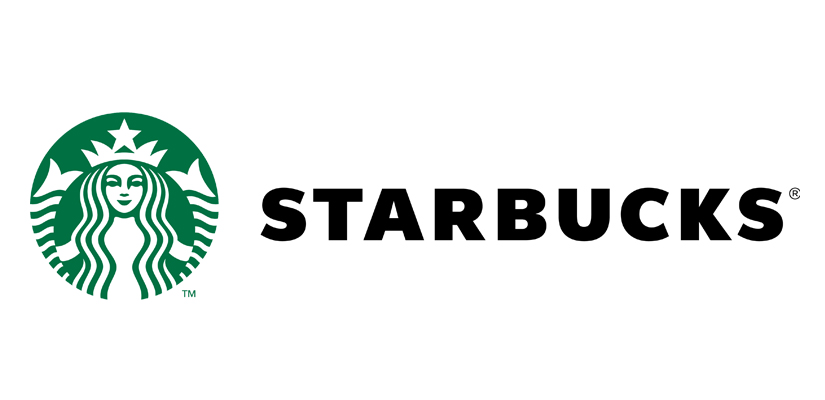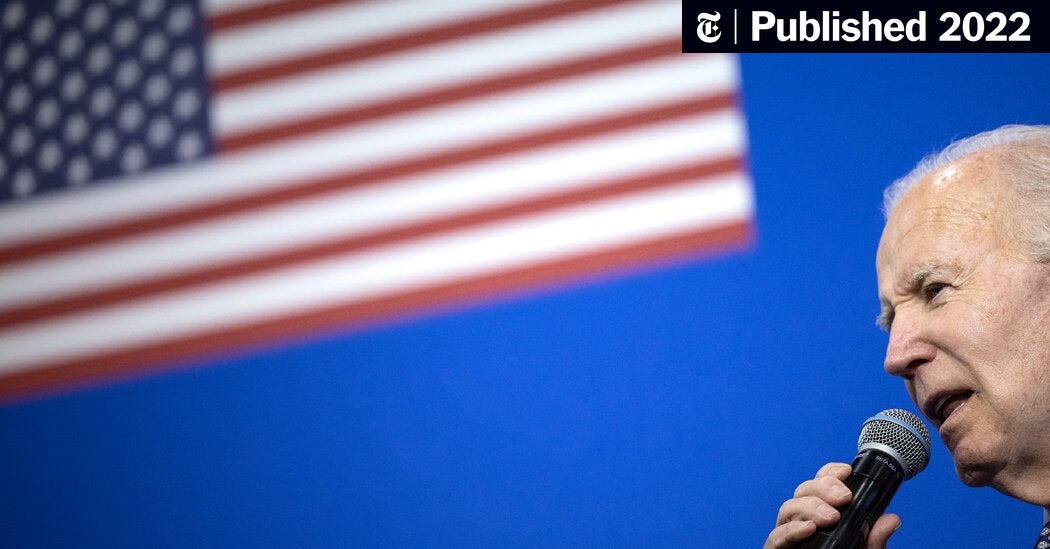Tariff Shock: How Bond Markets Are Feeling The Impact

Table of Contents
Inflationary Pressures Fueled by Tariffs
Tariffs, essentially taxes on imported goods, directly increase the price of those goods for consumers. This leads to a rise in the overall price level, resulting in inflation. Higher inflation, in turn, significantly influences bond yields. Bond yields and inflation have an inverse relationship; higher inflation generally necessitates higher bond yields to compensate investors for the diminished purchasing power of their future returns.
For example, tariffs imposed on steel and aluminum have increased the cost of manufacturing various goods, from automobiles to construction materials, directly impacting consumer prices. This ripple effect is felt across the economy.
Key inflationary consequences of tariff shock include:
- Increased cost of living: Higher prices for everyday goods reduce disposable income.
- Reduced consumer spending: Consumers may cut back on spending due to decreased purchasing power.
- Potential for wage increases: Workers may demand higher wages to keep pace with rising prices, further fueling inflation.
- Central bank responses: Central banks may intervene by adjusting monetary policy to combat inflation, often through interest rate hikes.
Impact on Interest Rates and Monetary Policy
The relationship between inflation, interest rates, and bond prices is intricate. As inflation rises, central banks typically respond by increasing interest rates. This is done to cool down the economy and curb inflationary pressures. However, raising interest rates has a direct impact on bond prices. Bond prices and interest rates share an inverse relationship: when interest rates rise, bond prices fall, and vice versa.
Potential scenarios arising from central bank responses to tariff-induced inflation include:
- Aggressive interest rate hikes leading to bond market corrections: Rapid interest rate increases could trigger significant declines in bond prices, potentially leading to market corrections.
- Central bank hesitation to raise rates, risking higher inflation: A cautious approach by central banks could allow inflation to spiral out of control, leading to long-term economic instability.
- The possibility of a recession due to aggressive monetary policy tightening: Aggressive interest rate hikes could stifle economic growth and potentially trigger a recession.
Shifting Investor Sentiment and Risk Appetite
The uncertainty created by tariffs significantly impacts investor confidence. This uncertainty often leads to a "flight to safety," where investors shift their investments from riskier assets to safer havens like government bonds. This increased demand for government bonds pushes their prices up and their yields down. Conversely, the demand for higher-yielding corporate bonds may decrease, leading to lower prices and higher yields.
Changes in investor behavior during a tariff shock often include:
- Reduced investment in riskier assets: Investors may pull back from emerging market bonds and other higher-risk investments.
- Increased demand for safe-haven assets: Investors flock to U.S. Treasury bonds and other low-risk government securities.
- Potential for increased volatility in bond markets: The shifting investor sentiment creates increased price fluctuations and volatility in the bond markets.
Specific Examples of Bond Market Reactions
Recent tariff announcements have demonstrably affected bond markets. For example, the initial imposition of tariffs on certain goods led to a rise in treasury yields as investors anticipated inflationary pressures. Conversely, periods of heightened uncertainty have seen a flight to safety, pushing down yields on government bonds while increasing yields on corporate bonds. (Charts and graphs visualizing specific yield changes and trading volumes would be included here in a published article).
Conclusion: Navigating the Tariff Shock in Bond Markets
The tariff shock is significantly impacting bond markets through increased inflationary pressures, adjustments in interest rates, and a shift in investor sentiment. These factors are deeply interconnected, creating a complex and dynamic environment. To effectively navigate this challenging landscape, investors need to carefully consider diversification strategies, potentially focusing on inflation-protected securities or high-quality corporate bonds depending on their risk tolerance and investment horizon. Staying informed about future tariff announcements and their potential impacts is crucial for managing portfolio risk in this era of tariff-related uncertainty. Understanding the nuances of tariff impacts and proactively adjusting your investment strategy is key to mitigating the risks associated with tariff shock.

Featured Posts
-
 I Tainia Jay Kelly Ola Osa Prepei Na K Serete
May 12, 2025
I Tainia Jay Kelly Ola Osa Prepei Na K Serete
May 12, 2025 -
 Us Downplays Auto Industry Anxiety Regarding Uk Trade Agreement
May 12, 2025
Us Downplays Auto Industry Anxiety Regarding Uk Trade Agreement
May 12, 2025 -
 Knicks Coach Thibodeau Seeks Improved Fight Following 37 Point Loss
May 12, 2025
Knicks Coach Thibodeau Seeks Improved Fight Following 37 Point Loss
May 12, 2025 -
 Augusta National Rory Mc Ilroys Daughters Putting Skills
May 12, 2025
Augusta National Rory Mc Ilroys Daughters Putting Skills
May 12, 2025 -
 A Bayern Munich Legends Last Dance Thomas Muellers Emotional Allianz Arena Goodbye
May 12, 2025
A Bayern Munich Legends Last Dance Thomas Muellers Emotional Allianz Arena Goodbye
May 12, 2025
